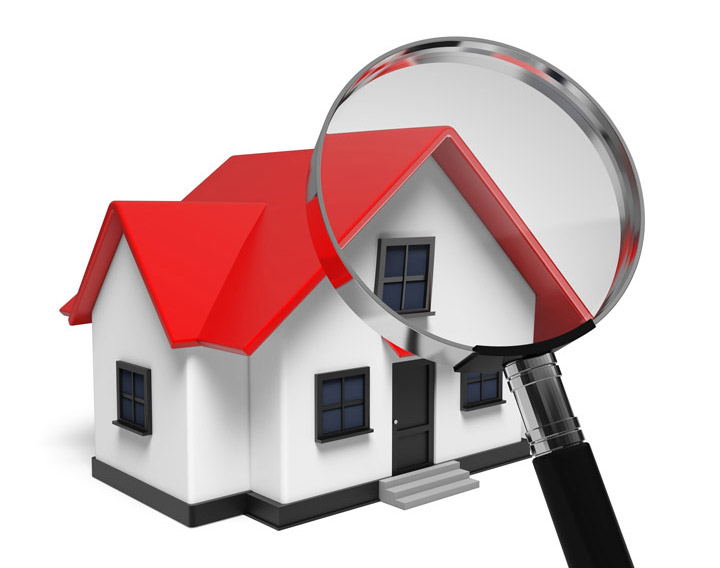
Decoding the Appraisal ProcessBuying real estate is the most significant investment many people may ever consider. Whether it's a primary residence, a second vacation property or a rental fixer upper, the purchase of real property is an involved transaction that requires multiple parties to see it through. It's likely you are familiar with the parties taking part in the transaction. The most familiar face in the exchange is the real estate agent. Then, the mortgage company provides the financial capital required to finance the deal. And ensuring all areas of the transaction are completed and that a clear title passes from the seller to the buyer is the title company. So, what party makes sure the value of the property is in line with the amount being paid? This is where you meet the appraiser. We provide an unbiased opinion of what a buyer could expect to pay — or a seller receive — for a parcel of real estate, where both buyer and seller are informed parties. A licensed, certified, professional appraiser from Wilkinson Rodriguez and Associates will ensure, you as an interested party, are informed. Appraisals begin with the home inspectionTo ascertain the true status of the property, it's our responsibility to first conduct a thorough inspection. We must physically see features, such as the number of bedrooms and bathrooms, the location, living areas, etc, to ensure they indeed exist and are in the condition a reasonable person would expect them to be. To ensure the stated square footage has not been misrepresented and illustrate the layout of the property, the inspection often includes creating a sketch of the floorplan. Most importantly, the appraiser identifies any obvious amenities - or defects - that would affect the value of the house. Once the site has been inspected, an appraiser uses two or three approaches to determining the value of real property: a paired sales analysis, a replacement cost calculation, and an income approach when rental properties are prevalent. 
Cost ApproachHere, the appraiser analyzes information on local construction costs, labor rates and other elements to derive how much it would cost to build a property comparable to the one being appraised. This estimate commonly sets the upper limit on what a property would sell for. It's also the least used method. 
Analyzing Comparable SalesAppraisers are intimately familiar with the subdivisions in which they appraise. They thoroughly understand the value of certain features to the homeowners of that area. Then, the appraiser looks up recent transactions in the area and finds properties which are 'comparable' to the real estate being appraised. By assigning a dollar value to certain items such as remodeled rooms, types of flooring, energy efficient items, patios and porches, or extra storage space, we add or subtract from each comparable's sales price so that they are more accurately in line with the features of subject.
An opinion of what the subject could sell for can only be determined once all differences between the comps and the subject have been evaluated. When it comes to putting a value on features of homes in Austin and Travis, Wilkinson Rodriguez and Associates can't be beat. The sales comparison approach to value is commonly given the most importance when an appraisal is for a home purchase. Valuation Using the Income ApproachIn the case of income producing properties - rental houses for example - we may use an additional method of valuing a property. In this scenario, the amount of revenue the real estate produces is factored in with income produced by comparable properties to determine the current value. ReconciliationAnalyzing the data from all approaches, the appraiser is then ready to state an estimated market value for the property at hand. The estimate of value on the appraisal report is not necessarily what's being paid for the property even though it is likely the best indication of what a property is worth. It's not uncommon for prices to be driven up or down by extenuating circumstances like the motivation or urgency of a seller or 'bidding wars'. But the appraised value is typically used as a guideline for lenders who don't want to loan a buyer more money than the property is actually worth. At the end of the day, an appraiser from Wilkinson Rodriguez and Associates will help you discover the most fair and balanced property value, so you can make profitable real estate decisions. |